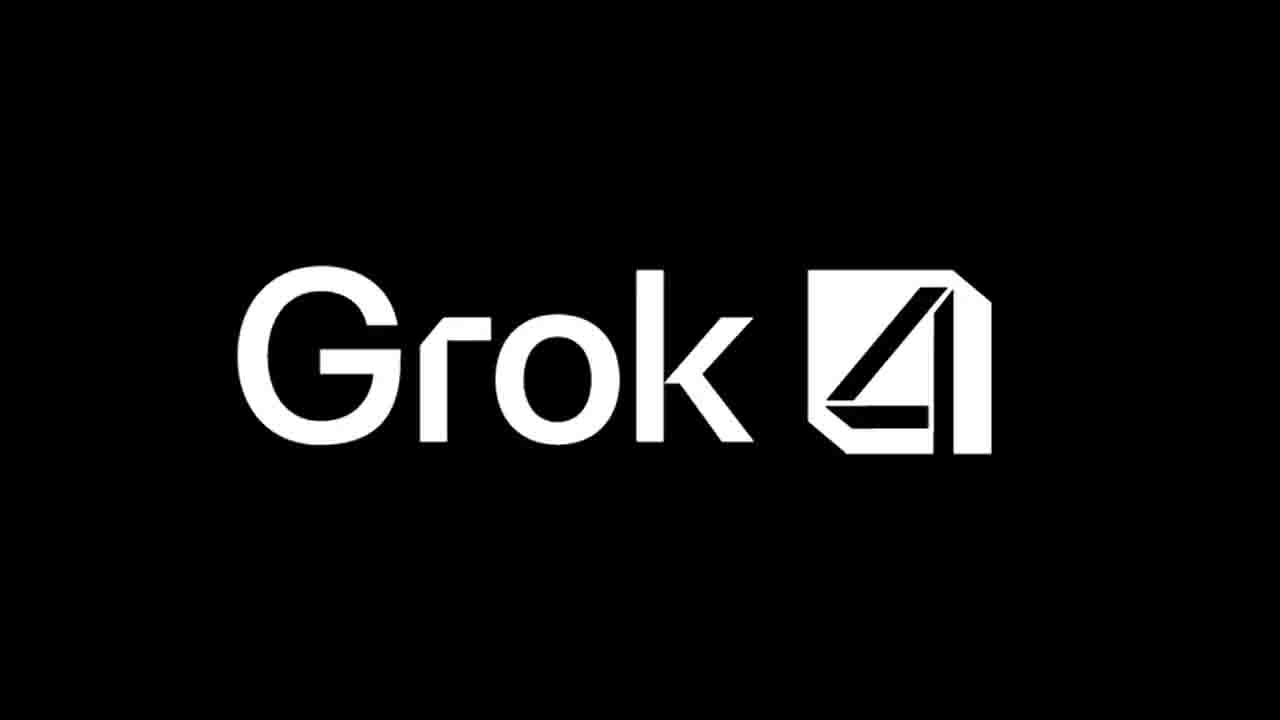Grok 4 by xAI: xAI, the artificial intelligence company started by Elon Musk, has officially introduced Grok 4, its most advanced and capable model so far. Musk, who also leads Tesla, SpaceX, and X (formerly Twitter), aims to challenge the dominance of OpenAI, Google DeepMind, and Anthropic by offering a model that combines strong performance, cultural understanding, and large-scale infrastructure.
Grok 4 was launched shortly after Google’s Gemini 2.5 Pro and Anthropic’s Claude Opus 4, marking xAI’s effort to reshape the competitive field. While OpenAI’s GPT-5 is still expected, recent hiring by Meta could affect its timeline. As the AI market becomes increasingly crowded, Grok 4 tries to stand out not just with benchmark scores but with its focus on real-time internet culture and user needs.
Grok 4: A Major Step Beyond Previous Versions
Grok’s development has moved quickly and sometimes taken unusual paths. The earlier Grok 1 and 2 models were integrated into X and showed basic conversational skills, laying the foundation for later improvements. However, they could not match established rivals. In a typical Musk fashion, xAI skipped Grok 3.5 altogether, saying that major architectural improvements made an in-between version unnecessary. This strategy is similar to Musk’s branding elsewhere, highlighting big leaps rather than small updates.
Grok 4 was trained using the Colossus supercomputer, which runs on 200,000 NVIDIA H100 GPUs. This allowed a 100-times increase in training data and compute compared to Grok 2. With this scale, xAI moved past simple prototypes to what it calls a frontier-level AI that can generalise and adapt to the real world. The focus has shifted from novelty to usefulness, with Musk aiming to make Grok a strong competitor to OpenAI’s GPT series.
Capabilities Meant to Impress
Grok 4 is described as a fully multimodal model, supporting both text and image input, with video features planned later this year. It has shown particular skill in understanding online content such as memes, digital art, and informal language. xAI has trained Grok 4 to understand internet culture and slang, giving it a more human-like tone compared to more formal competitors.
Technically, Grok 4 has performed well against industry leaders. It scored 44.4% on Humanity’s Last Exam (with tools) and 16.2% on ARC-AGI-2, which are considered advanced reasoning tests. xAI claims Grok does better than graduate students in several areas and has surpassed GPT-4o and Claude Opus in tasks like mathematical reasoning and logic.
Programming has been a big focus. Grok 4 includes a specialised assistant called Grok 4 Code for developers. This tool works inside code editors, helping users write, debug, and explain code using natural language. Unlike other assistants that rely mainly on prompt design, Grok 4 takes a more “agentic” approach by breaking problems into parts and solving them step by step. This positions it against GitHub Copilot and GPT-4 Code Interpreter but with a different system design.
Voice features have also been improved. New synthetic voices like “Sal” and “Eve” aim to create more natural, smooth conversations by reducing voice delay. Though still early, these features are available to users subscribed to SuperGrok plans.
One standout feature is DeepSearch, which lets Grok pull live data from X and other sources to provide up-to-date answers. Instead of depending on a static knowledge base, Grok 4 can include trending topics and changing cultural trends in its replies, making its outputs more relevant.
Subscription Tiers, Pricing, and Enterprise Focus
xAI is offering three subscription plans to access Grok. The Basic tier is free and uses the older Grok 3 model. For $30 per month, the SuperGrok plan offers full access to Grok 4 and single-agent features. The premium SuperGrok Heavy plan costs $300 per month and unlocks multi-agent workflows, early experimental features, and enterprise tools.
API pricing is set at $3 per million input tokens and $15 per million output tokens, which is cheaper than OpenAI and Anthropic. This approach is intended to attract startups and enterprise developers who need advanced models but are sensitive to costs.
To increase adoption, xAI is providing direct API access and plans to integrate with major cloud providers soon. Enterprise users on the Heavy plan already have access to early versions of new features. Musk’s roadmap includes a coding-focused model in August, a multimodal agent in September, and video generation in October. Grok is also expected to be integrated into Tesla Optimus robots and other real-world uses.
Challenges, Controversies, and the Future
Despite its strong technical abilities, Grok 4’s launch has seen some challenges. A few incidents involving controversial outputs have raised questions about content moderation and model alignment. The model’s sometimes informal or political tone has faced criticism, leading xAI to adjust system prompts and strengthen moderation.
Leadership changes have added to the uncertainty. Linda Yaccarino recently resigned as CEO of X, and Igor Babuschkin, xAI’s former chief scientist, has also left the company. Although there is no confirmed connection to Grok’s release, the timing suggests a broader shift in Musk’s AI and media plans.
Even so, Grok 4 has made a notable entry into the crowded AI space. With powerful infrastructure, cultural awareness, and competitive pricing, xAI has shown it intends not just to participate but to lead. The model’s future success will depend on maintaining high performance, scaling responsibly, and gaining trust from developers, companies, and regulators.
In today’s fast-moving world of generative AI, where every new model feels like a sprint toward general intelligence, Grok 4 is Musk’s statement that xAI plans to stay in the race for the long run. Whether it can maintain this momentum will be one of the key stories to watch in the coming years.











